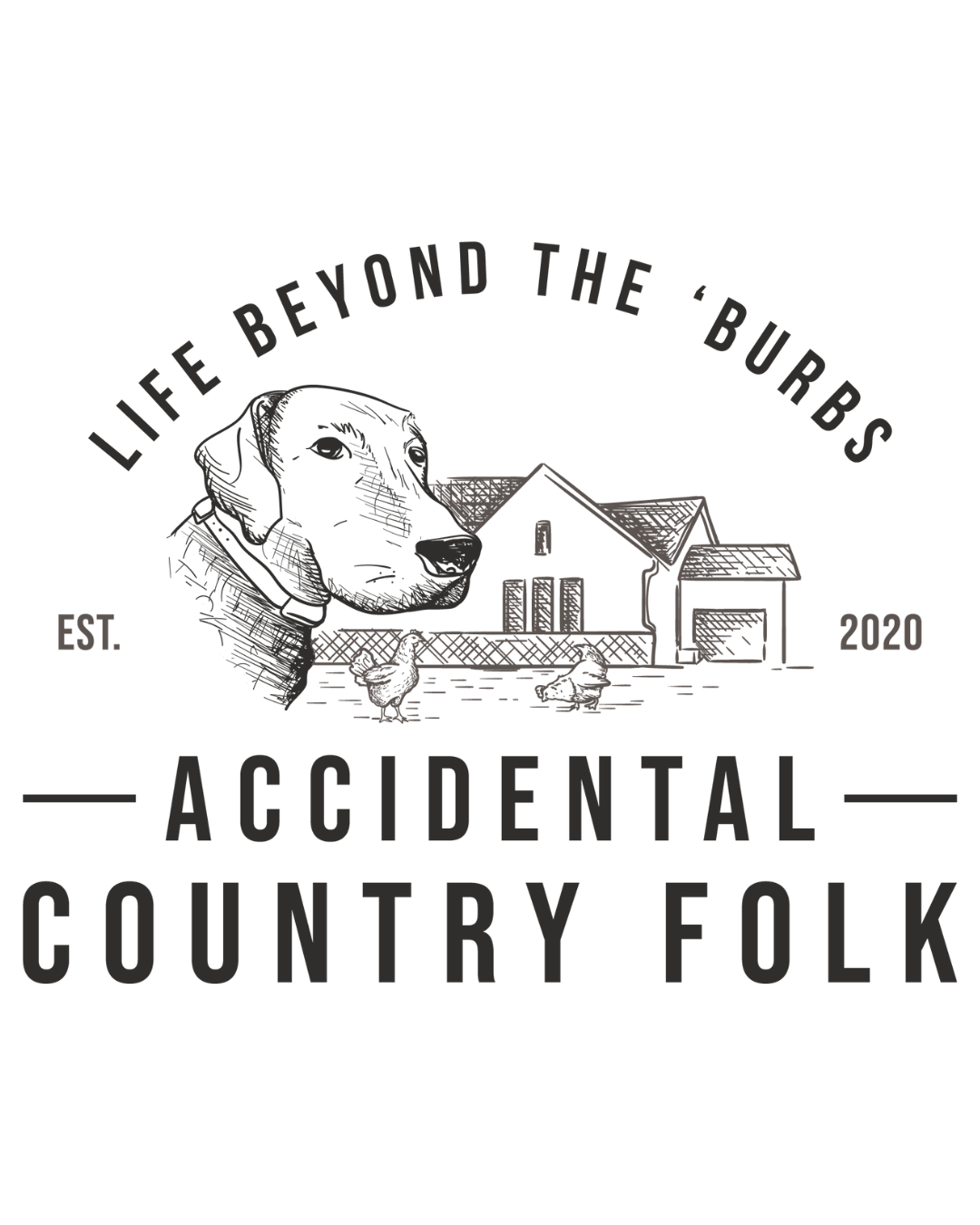Geography At Home
Going from simple to complex in a homeschool classroom is effortless. More often than not it involves printing numerous, beautifully designed printables. Or purchasing yet another book (of which I am most guilty of).
But truthfully, when it comes to geography – or really any subject, simplicity really is the most effective route to take.
Remember this: take a stick in the sand approach. Meaning, if all you had was a stick and some sand, you could hold an effective school day.
How We Accomplish Geography
If you will recall, our core educational program is centered around Classical Conversations. Because of the ages of our children, we are involved in a component of Classical Conversations called Foundations. The focus of Foundations is memory work in six different subjects – one of those subjects being geography.
Supplies for Teaching Geography
- a large map
- a globe
- tracing paper and pencil/pen to be used with key printed maps from Wondermaps, a map software (that was probably obvious – and yes, I do print SOME things.)
- GeoPuzzle World puzzle and GeoPuzzle Europe (There are other dynamic puzzles from GeoPuzzle, but currently we are in Cycle 2 of Classical Conversations which has a focus on Europe.)
But How Do I Teach Geography?
We recently studied European waters as one of our geography statements. I showed the boys where the following five bodies of water were located on our floor map.
- North Sea,
- Baltic Sea,
- Adriatic Sea,
- English Channel
- and Mediterranean Sea.
I repeated this process approximately 10 times.
Then I made them show their siblings where each European water was found. From there, I had them find the bodies of agua on the globe without my help.
During History, while I read to them, they put together our GeoPuzzles. I have them race against their previous time.

IF, and that is a big IF, we have time during the week, I have them trace various maps from Wondermaps with tracing paper.
Sigh. I do splurge on an extra fun activity — but the kids normally do this on their own. It’s called Little Passports.

